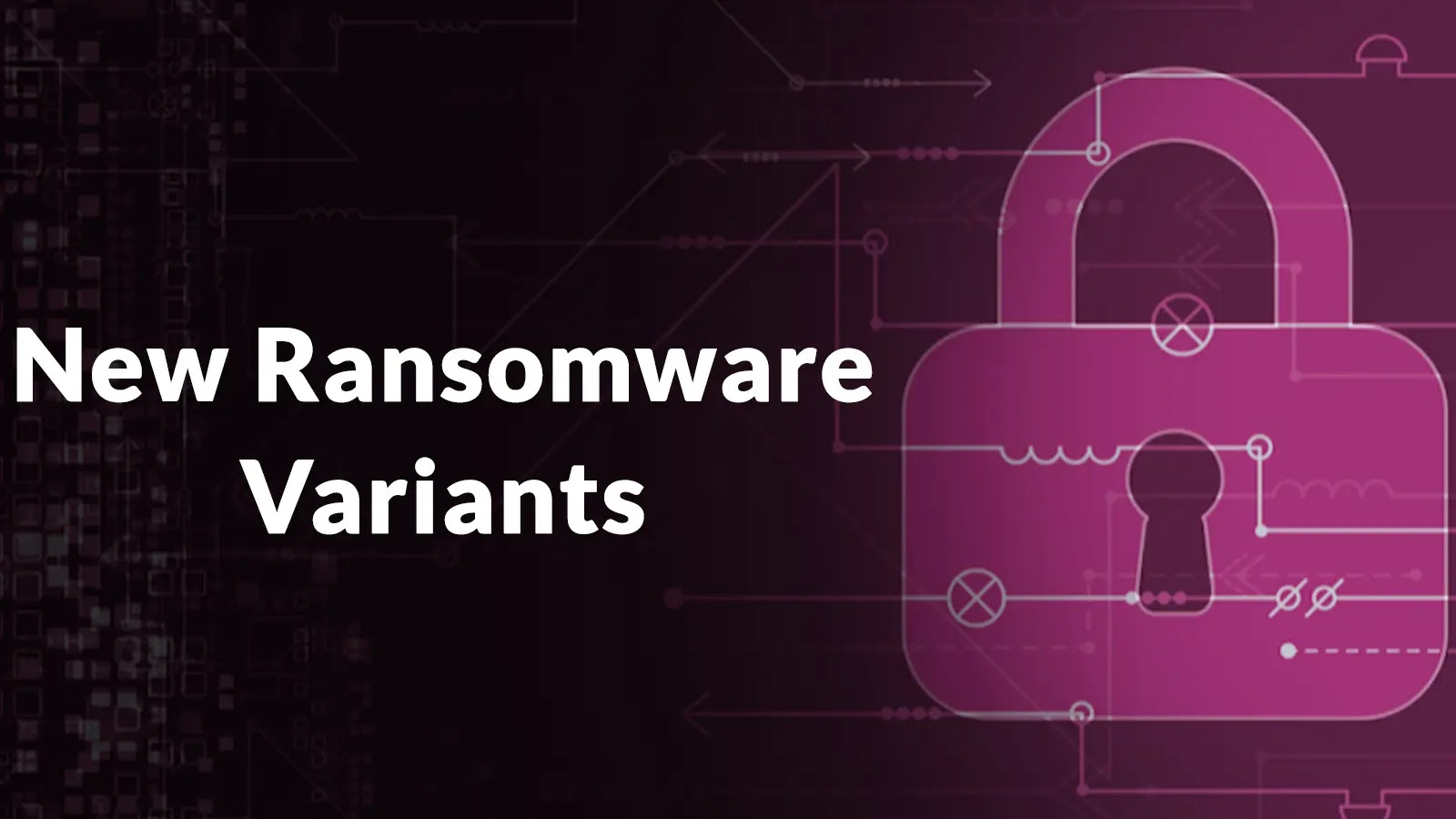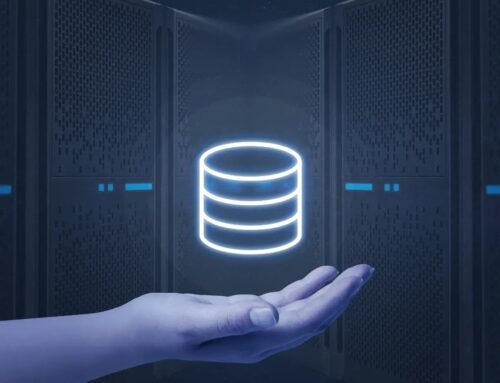
New Ransomware Variants Targeting Amazon S3 Services Leveraging Misconfigurations and Access Controls
The Silent Threat: New Ransomware Variants Weaponizing S3 Misconfigurations
Cloud environments offer unparalleled scalability and flexibility, but they also present unique security challenges. A disturbing trend is emerging: a new wave of ransomware attacks specifically targeting Amazon Simple Storage Service (S3) buckets. Unlike traditional ransomware that relies on malware to encrypt local files, these sophisticated variants exploit critical misconfigurations and weak access controls within S3, locking organizations out of their vital business data without ever touching their endpoints. This shift in attack vector underscores the urgent need for robust cloud security practices and a deep understanding of S3’s intricate permission model.
Beyond Encryption: How S3 Ransomware Operates
The operational methodology of these new S3 ransomware variants deviates significantly from established patterns. Instead of deploying malicious software to encrypt files on a server or workstation, attackers leverage improperly configured S3 bucket policies, IAM roles, or user permissions. They aim to achieve one of two primary outcomes:
- Data Exfiltration and Deletion: Attackers gain unauthorized access to an S3 bucket and either delete the original data, replace it with encrypted versions, or move it to a different, attacker-controlled bucket. They then demand a ransom for its return or prevention of its public release.
- Access Denial: By manipulating bucket policies or access control lists (ACLs), attackers can revoke legitimate users’ access to the S3 bucket, effectively holding the data hostage without direct encryption. This can include modifying permissions to restrict read/write access for the rightful owners while granting it to the attacker’s controlled entities.
The impact of such an attack is profound. Organizations relying on S3 for critical backups, website assets, or operational data face severe business disruption, potential data loss, and significant financial penalties due to downtime and recovery efforts. The insidious nature of these attacks lies in their ability to bypass traditional endpoint security solutions, rendering many conventional defenses ineffective.
Common Misconfigurations Exploited
Understanding the common mistakes that pave the way for these attacks is crucial for prevention. Several factors contribute to S3 S3 bucket vulnerabilities:
- Overly Permissive IAM Policies: IAM policies that grant more permissions than necessary (e.g.,
s3:*on all resources) are a goldmine for attackers. A compromised credential with such broad access can lead to rapid data compromise. - Publicly Accessible S3 Buckets: While sometimes intentional for static website hosting, many critical data buckets are inadvertently left public due to misconfigured block public access settings or ACLs. Attackers can easily discover these through open source intelligence (OSINT) tools.
- Weak Access Control Lists (ACLs): Default ACLs or improperly modified ones can grant unintended permissions to “Authenticated Users” or even “Everyone,” making data vulnerable.
- Lack of Multi-Factor Authentication (MFA): Compromised credentials without MFA enabled provide a direct pathway for attackers to gain control over S3 resources.
- Inadequate Logging and Monitoring: Without proper CloudTrail logging and proactive S3 access monitoring, malicious activities can go undetected until it’s too late.
Remediation Actions: Securing Your S3 Assets
Mitigating the risk of S3 ransomware requires a proactive and multi-layered approach. Organizations must prioritize robust access controls, continuous monitoring, and adherence to security best practices.
- Implement the Principle of Least Privilege: Grant only the necessary permissions for IAM users and roles. Regularly review and audit IAM policies to ensure they align with the principle of least privilege.
- Enable S3 Block Public Access: By default, enable Block Public Access settings at the account and bucket levels. This is a critical first line of defense against accidental public exposure.
- Strong Bucket Policies and ACLs: Craft clear and restrictive bucket policies that define who can access data and under what conditions. Minimize the use of ACLs and favor bucket policies for more granular control.
- Enforce Multi-Factor Authentication (MFA): Mandate MFA for all AWS accounts, especially root accounts and those with administrative privileges.
- Enable Versioning for S3 Buckets: S3 Versioning helps protect against accidental deletions and malicious overwrites by keeping multiple versions of an object. This can be crucial for recovery.
- Implement Cross-Region Replication (CRR): Replicate critical data to a separate AWS region. This provides an additional layer of resilience against regional outages or targeted attacks.
- Regularly Audit S3 Access Logs (CloudTrail): Monitor CloudTrail logs for suspicious S3 API calls, such as frequent “DeleteObject,” “PutObjectACL,” or “PutBucketPolicy” actions originating from unusual IPs or user agents.
- Utilize S3 Object Lock: For critical, immutable data, configure S3 Object Lock to prevent objects from being deleted or overwritten for a fixed period or indefinitely. This is a powerful defense against ransomware.
- Conduct Regular Security Audits and Penetration Testing: Proactively identify misconfigurations and vulnerabilities in your S3 environments through continuous security assessments.
Tools for S3 Security and Remediation
Leveraging the right tools can significantly enhance your S3 security posture.
| Tool Name | Purpose | Link |
|---|---|---|
| AWS Security Hub | Comprehensive security posture management, identifies S3 misconfigurations. | https://aws.amazon.com/security-hub/ |
| AWS Config | Continuously monitors and records your AWS resource configurations and provides compliance auditing. | https://aws.amazon.com/config/ |
| Amazon Macie | Data discovery and sensitive data protection, identifies publicly exposed sensitive data in S3. | https://aws.amazon.com/macie/ |
| CloudTrail | Records AWS API calls and related events, essential for S3 access auditing. | https://aws.amazon.com/cloudtrail/ |
| ScoutSuite | Open-source cloud security auditing tool that can identify misconfigurations in AWS and other cloud providers. | https://github.com/nccgroup/ScoutSuite |
What This Means for Your Organization
The emergence of S3 ransomware fundamentally alters the landscape of cloud security. Organizations can no longer assume that traditional endpoint detection and response (EDR) solutions will protect their cloud data. The new frontier of ransomware exploits configuration flaws, demanding a shift in focus towards identity and access management (IAM) best practices, robust bucket policies, and diligent monitoring of cloud activity.
Protecting your S3 assets from these evolving threats requires a proactive and continuous security strategy. Implementing strong access controls, regularly auditing your configurations, and preparing for potential incidents are not merely best practices—they are necessities for safeguarding your critical business data in the cloud.





